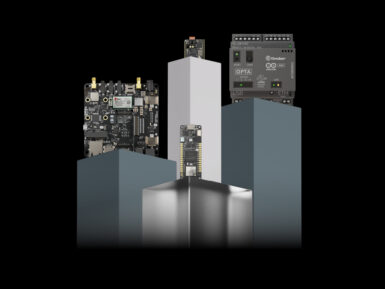
Overview
The USB-C Hub with 4 USB-A ports 3.2 Gen1 (USB 3.0) Hub connects all your computer peripherals, USB sticks and external hard drives with a USB-A port to your laptop with USB-C.
The USB-C Hub 3.2 with 4 USB-A ports is a plug and play device and is powered by your laptop's USB port. No additional power supply is needed.
- Use your USB-A peripherals on your USB-C device
- Plug and play on every USB-C port, no additional power supply needed
- Compact design and light-weighted: easy to take along
- Supports USB SuperSpeed (5Gbps) and is backwards compatible with USB 2.0 specifications
Tech specs
| Product category | USB-C hubs | cardreaders |
| USB Type-C | Yes |
| Connection cable | 30 cm |
| Number of USB ports | 4 |
| Colour | Black |
| Connections | USB |
| Connections on hub | USB A female (x4) |
| Computer connection | USB C male (x1) |
| USB version | USB 3.2 Gen 1 - SuperSpeed (USB 3.0) |
| Data transfer rate | 5 Gbps |
| Power supply | Bus powered |
Get Inspired

Everyone in the world of smart and digital automation is getting ready to meet at SPS in Nuremberg. It’s the place to be if you want to see the future come to life – and of course a great opportunity to get to know Arduino better, with live demos and the chance to talk directly to our experts. Come visit booth 5-338 to discover our growing ecosystem of solutions and see it in action! “Since the 2022 edition of SPS, we’ve launched dozens of components, released software upgrades and added new services. But that’s only half the story. What we strive to achieve is to enable millions of Arduino users to imagine, implement and truly innovate. Our mission is to make technology accessible to all, to see people achieve the impossible. The maker philosophy may have started with tinkering in a messy garage, but has evolved into a distinct professional approach that allows everyone to seize the opportunities that come with the most disruptive phenomena of the present.”– Adriano Chinello, Pro Business Unit Leader at Arduino Without doubt, automation is one of the strongest trends we see today, with huge potential for future development. That’s why the applications we’ll showcase at SPS run the gamut from super-powerful edge computing to energy monitoring systems. For example, in Nuremberg you can check out how the Portenta X8 combines with the Portenta Max Carrier to deploy a secure, industrial-grade Linux computer – ready to interact with equipment in the factory or integrate with existing smart kiosks by creating a multi-protocol gateway that collects data from various onsite controllers, processes them and sends them to the Cloud via Wi-Fi, LoRa®, NB/IoT or LTE Cat.M1. Or you can find out how the Portenta Machine Control can be integrated in an electric panel to monitor consumption and other energy-related parameters... or team up with a Nicla Vision to control a robotic arm that automatically picks items from a conveyor belt and places










